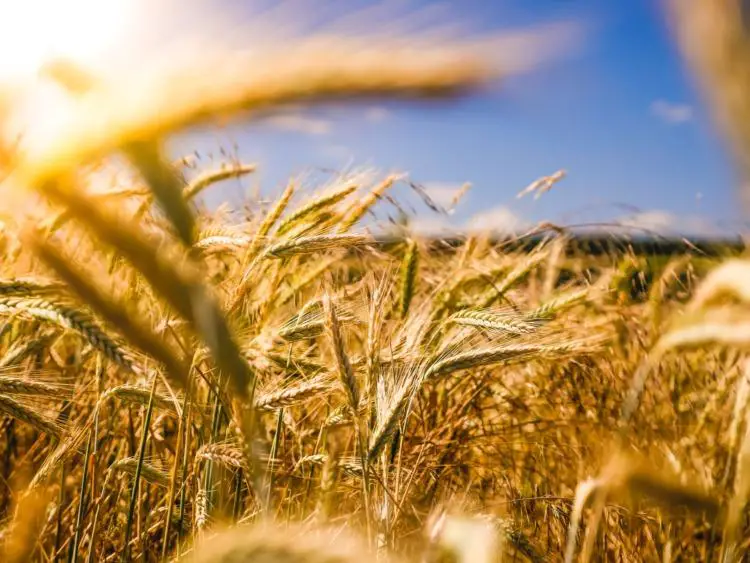Kenya’s agriculture sector grew by 5.1 percent in 2020, thereby preventing a contraction of the economy, amid the coronavirus pandemic, which ravaged a majority of other sectors.
Data from Deloitte’s East Africa Economies Report 2021 indicates that the sector remains fundamentally important to the Kenyan economy, contributing about 33 percent of the GDP and 56 percent of the employment, both formally and informally.
The report paints mixed performance in the sector in 2020, for instance, as of May 2020, Kenya’s Agricultural sector’s outlook was grim due to the locust swarm infestation affecting domestic agricultural production.
However, as of Q4 2020, the sector reflected a revamped outlook owing to favourable rains and success in beating back a second wave of desert locusts.
“As such, the sector is estimated to have posted a 5.1 percent growth in 2020, emerging as the silver lining sector,” the report says.
Exports
The report also shows that adverse impact of the COVID-19 pandemic felt in the horticulture and floriculture sub-sectors eased down in the third and fourth quarters of 2020.
Kenya, whose main agricultural export products are coffee, tea and horticulture, saw a mixed export performance during the period.
For instance, the volume of coffee exported decreased by 10.3 percent from 50.6T in 2019 to 45.4T in 2020 while the value increased by 9.9 percent from Sh20.9 million in 2019 to Sh23 million in 2020.
Meanwhile, the volume of tea exported increased by 21.1 percent from 475.3T in 2019 to 575.5T in 2020 while the value increased by 14.8 percent from Sh113.5m in 2019 to Sh130.3m in 2020.
The volume of horticultural produce exported increased by 86.3 percent from 292.8T in 2019 to 545.6T in 2020 while the value increased by 3.3 percent from Sh112.7 million in 2019 to Sh116.4 million in 2020.
“Kenya’s agriculture sector remains fragmented and largely endowed by small-scale farmers who account for close to 80 percent of the sector’s output,” the report states.
According to the report, the sector is forecast to grow by 6.8 percent in 2021 and this largely remains dependent on partnerships with food companies, the development of cooperatives and greater access to credit.
Risks
As per the finding, downside risks to these growth prospects stem from unreliable weather patterns, volatile global prices for cash crop exports and inadequate access to affordable farm inputs for small-scale farmers.
Similarly, investment in sectors strongly linked to agricultural equipment will be needed if the sector is to thrive in the coming years.
The development of infrastructure – such as roads, ports, power and credit access will also be necessary for sustained growth in the agricultural equipment sector.
Pandemic’s Impact at the Farm Level in EA
In July last year, the Food and Agriculture Organization (FAO) said that the agriculture sector in all countries in the East African region had been hurt by the impact of the pandemic.
“COVID-19 hit the Eastern Africa sub region at a particularly critical time when the economies of a number of countries were recovering from the impacts of recent droughts and severe flooding and dealing with the worst desert locust invasion in 25 years,” FAO revealed in the report.
At the farm level for instance, human movement restrictions due to COVID-19 resulted in farm-labour shortages, especially for high-value crops and share cropping farmers, a practice that is common in parts of Ethiopia, Kenya and Somalia.
Countries in the sub region reported COVID-19-related disruptions to access to agricultural inputs (seed, fertilizer, veterinary inputs, fish fingerlings and feed), albeit to a varied extent across countries, which was expected to drive a reduction in crop yields.
“Countries that depend on imported supplies, such as Burundi, Djibouti and Eritrea, and landlocked countries, including South Sudan and Uganda, are most affected,” FAO said.
Agriculture extension and advisory services also faced severe disruptions since lockdown measures were imposed, reducing farmers’ access during this critical growing period.
In pastoral regions, livestock-rearing households were also negatively impacted by movement restrictions, especially those preventing cross-border movements, which interrupted their access to grazing and watering points.
